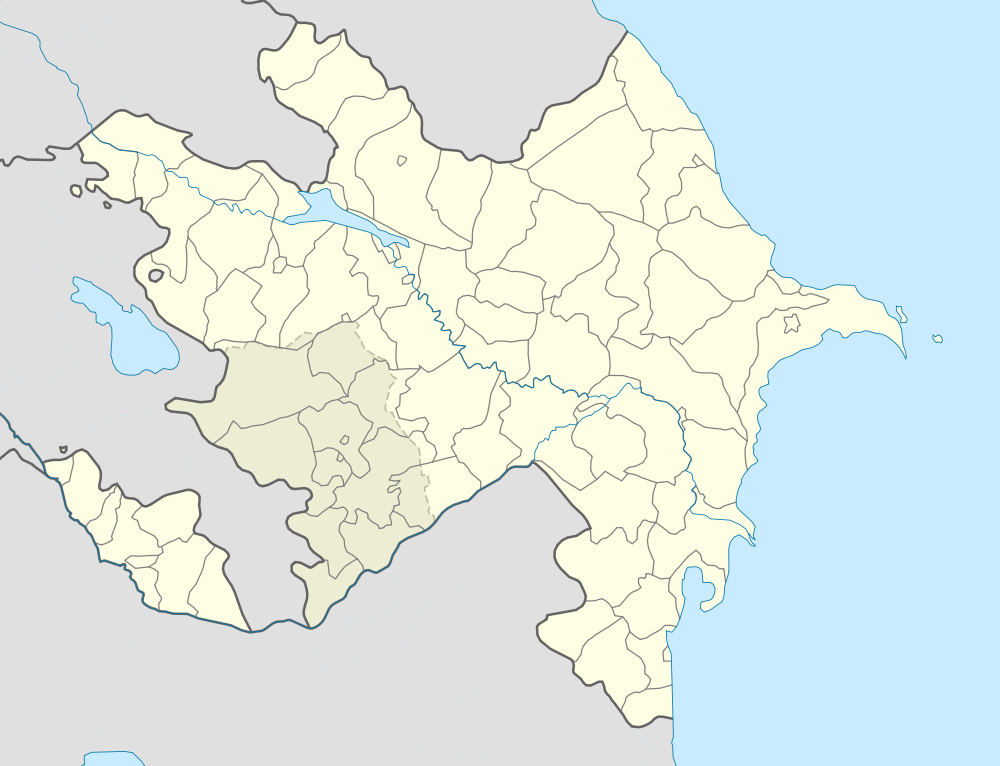
Mamba
Mambas are fast-moving, terrestrial, venomous snakes of the genus Dendroaspis (literally "tree asp") in the family Elapidae. There are four extant species. Native to Africa, they are feared throughout their ranges, especially the black mamba. In Africa, there are many legends and stories describing these snakes.
Behavior
Most of the members of this genus (for example green mambas) are arboreal. However, the black mamba is terrestrial. They are diurnal: during the day, they actively hunt their prey of small mammals, birds, and lizards, and return to the same lair nightly.
Mambas are related to the cobras, which are also elapids; their threat display is similar and involves stretching to form a somewhat smaller "hood", while gaping their mouth.
Some people believe that the black mamba will chase and attack humans. However, this is probably a misunderstanding due to the speed with which this species can move. The black mamba usually uses its speed to escape from threats. Humans are actually their main predators, rather than their prey. The snakes generally avoid contact with humans.

İmambağı
Coordinates: 39°21′13″N 47°05′12″E / 39.35361°N 47.08667°E / 39.35361; 47.08667
İmambağı (also, Imambagi) is a village in the Jabrayil Rayon of Azerbaijan.
References

Fair Game (1988 film)
Fair Game (Italian: Mamba) is a 1988 Italian thriller-horror film written and directed by Mario Orfini.
Plot
After being dumped by his girlfriend Eva, who was tired of his constant negative and sexist attitude, Gene decides to take revenge killing her through a mamba, a venomous snake, to which he also injected hormones to increase its aggressiveness.
Cast
Production
The film had a budget of 4.6 million dollars. Set design was made by Ferdinando Scarfiotti, while costumes are by Milena Canonero. It was shot between Los Angeles, Cinecittà and the Mojave Desert. To reproduce the movements of the mamba, Orfini used the technique of steadicam.
Reception
The film bombed at the Italian box office, grossing only 539.521.000 lire. It was distributed in 36 foreign countries.
References
External links

The Legend of Zelda: Ocarina of Time
The Legend of Zelda: Ocarina of Time (Japanese: ゼルダの伝説 時のオカリナ, Hepburn: Zeruda no Densetsu: Toki no Okarina) is a 1998 action-adventure video game developed and published by Nintendo for the Nintendo 64. It was released in Japan and North America in November 1998, and in Europe and Australia in December 1998. Originally developed for the 64DD peripheral, the game was instead released on a 256-megabit (32-megabyte) cartridge, the largest-capacity cartridge Nintendo produced at that time. Ocarina of Time is the fifth game in the The Legend of Zelda series, and the first with 3D graphics. It was followed by the direct sequel, The Legend of Zelda: Majora's Mask, in 2000.
The player controls the series' hero, Link, in the land of Hyrule. Link sets out on a quest to stop Ganondorf, King of the Gerudo tribe, from obtaining the Triforce, a sacred relic that grants the wishes of its holder. He travels through time and navigates various dungeons to awaken the sages, who have the power to seal Ganondorf away forever. Music plays an important role; to progress, the player must learn to play several songs on an ocarina. The game was responsible for increased interest in and rise in sales of the instrument.
Podcasts:

